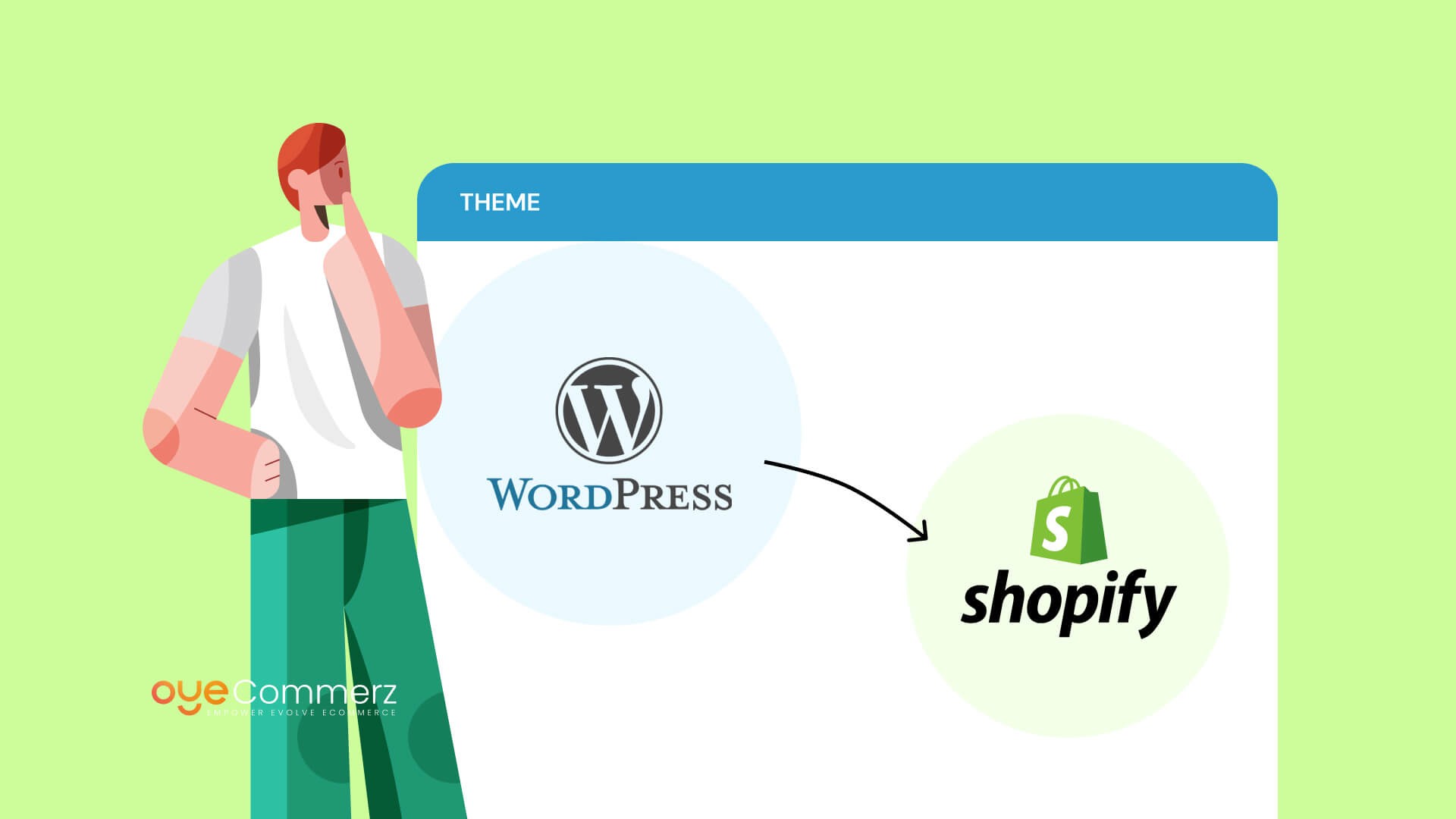Shifting from WordPress to Shopify marks an exciting step in optimizing your online store operations. As businesses expand, choosing a solution that supports growth potential, user experience, and flexibility becomes crucial. Shopify is widely recognized as a favorite for online merchants, offering superior flexibility, data protection, and user-friendliness. In this guide, we will delve into why this migration is a game-changer, highlight the benefits, and share actionable steps to facilitate a seamless move.
1. Top Reasons to Transition from WordPress to Shopify
The combination of WordPress and WooCommerce, has served countless e-commerce platforms. However, as companies expand, challenges like reliance on plugins, security vulnerabilities, and complex setups often obstruct growth. Shopify, designed explicitly for digital retail, eliminates these concerns with an comprehensive, intuitive platform. Statistics back this transition—Shopify hosts over 4.4 million stores globally, with a reported 10% increase in sales performance for many businesses post-switch.
2. Key Benefits of Shopify for E-commerce Success
Shopify’s powerful platform is tailored for expanding brands. Its standout features are:
- Seamless Customization: Shopify offers over 80 expertly crafted themes.
- Integrated Tools: Capabilities such as Shopify Payments and built-in SEO streamline operations.
- Global Reach: Currency versatility and regional customization enable brands to reach global markets.
Additionally, Shopify delivers an uptime rate of 99.98%, guaranteeing your website remains accessible.
3. Getting Ready for Your WordPress-to-Shopify Transition
Before migrating, assess your current store. Analyze inventory details, customer details, and SEO performance. Resources such as Shopify’s Migration Kit or third-party solutions can simplify this process. Develop a comprehensive plan, ensuring all assets—item details, media files, and blog content—are optimized for transfer.
4. Data Migration: A Critical Step
Data migration is a cornerstone of a smooth transition. When moving from WP to Shopify, prioritize:
- Product Information: SKU, descriptions, and categories.
- Customer Data: Emails, purchase records, and preferences.
- Search Engine Considerations: Preserve meta tags, URLs, and forwarding paths to maintain search rankings.
Use apps like LitExtension to facilitate seamless migration while minimizing errors.
5. Customizing Your Shopify Store
After the move, personalizing your Shopify store helps it aligns with your brand. Utilize Shopify’s drag-and-drop editor to design pages effortlessly. Shopify's themes are optimized for all devices, providing a seamless UX across devices—a key point, given 74% of online shopping comes from mobile visitors.
6. Maintaining SEO During Migration
Search engine optimization is crucial for maintaining your online presence during migration. Shopify is highly optimized for search engines with clean URL structures, built-in optimization tools, and smooth Shopify post-migration support content management. Ensure:
- Set up URL forwarding for old URLs.
- Optimize new pages with targeted phrases.
- Use Shopify's apps Plug in SEO to monitor performance post-migration.
7. Post-Migration Testing
Once the migration is complete, conduct thorough testing.
Review: - Website speed (Shopify boasts faster speeds in contrast with WP).
- Functionality of Advanced Shopify migration payment gateways and transaction flow.
- Adaptability across devices.
Quality assurance guarantees your store delivers a smooth shopping journey from the start.
8. Case Study of a Successful Migration
An example of effective platform switching is Gymshark, a sportswear company that moved to Shopify. After the switch, the company experienced a 60% increase in mobile sales and significantly lowered site downtime. This highlights the capabilities of Shopify in enhancing e-commerce growth.
9. Challenges and Solutions
Migration comes with challenges, such as data integrity and reconfiguring custom functionalities. However, Shopify’s robust support and external professionals simplify the process. Collaborating with qualified Shopify developers helps guarantee a trouble-free transition.
10. Making the Switch: The First Step Toward Success
Migrating from WP to Shopify marks a forward-thinking approach to online retail. By addressing scalability, simplifying management, and enhancing the customer experience, Shopify empowers businesses to thrive in competitive markets.
Conclusion
Transitioning from WP to Shopify is a strategic move that can significantly boost your e-commerce success. With a well-structured strategy, the right tools, and expert support, you can achieve new growth opportunities.
Excited to start the journey? Reach out today to learn how our Shopify migration services can transform your online store. Contact us now, or ask yourself: Can your business afford to miss out on Shopify’s growth potential?
